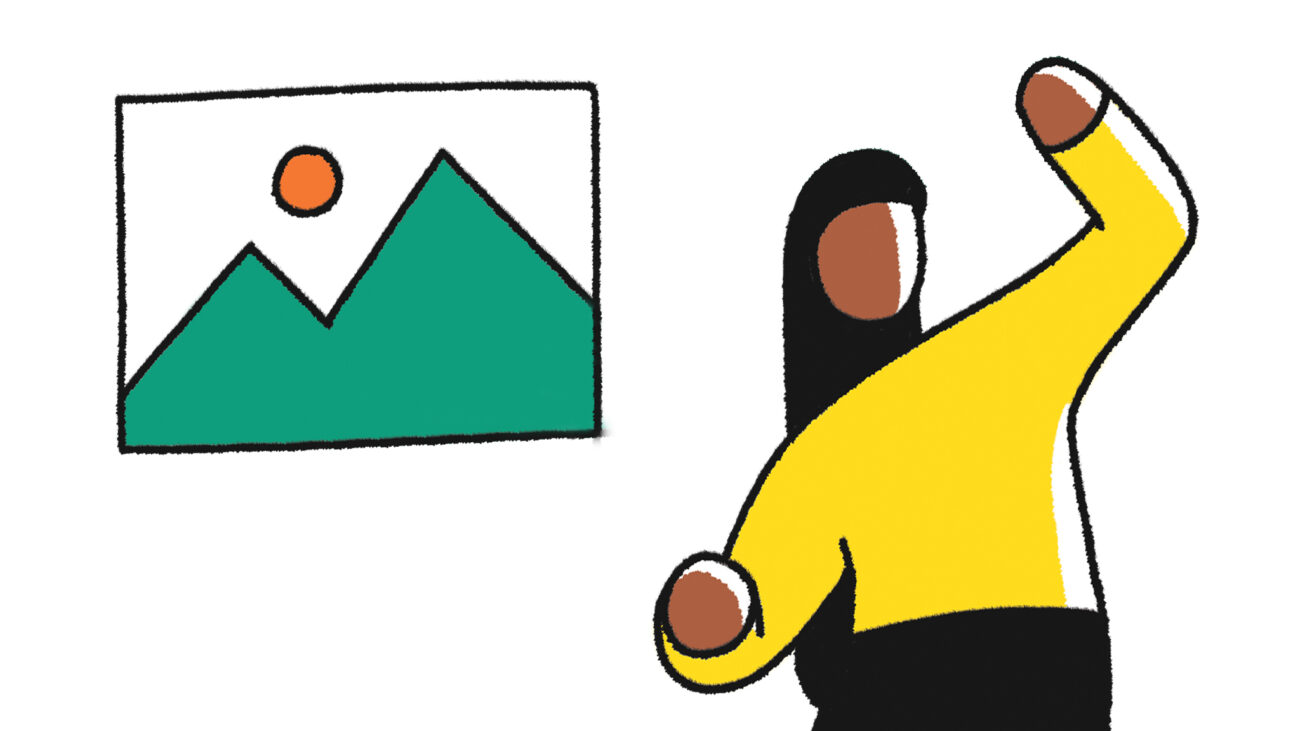Gossip Rant Chat Wa gwan Breaking Scandal Hot off the press Bulletin Dispatches Nachrichten

Exploring the magic of motion
Generative AI is proving hugely popular with creatives everywhere, and as motion designers, we are responsible for exploring the full range of possibilities. Rather than replacing people’s jobs, AI can become a valuable tool in every motion designer’s toolbox—enabling us to take our craft to the next level. Here’s how.
As with most creative endeavours, motion design begins with research. Inspiration is an unpredictable thing which can come from anywhere, so it’s crucial to immerse yourself in content that reflects the brief you’ve been given. Getting ideas down early can be a great starting place—in the words of School of Motion: “Just do something—it doesn’t have to be perfect.” Once you’ve made that first leap, refining your ideas to get closer to your finished product is more achievable. Next, it’s time to pick an idea, develop it, and flesh out the details. Showcase these preliminary sources of inspiration through a mood board, which will help to “keep the style and aesthetic consistent and on track with a client’s goals and expectations.”1 Although this can be time-consuming and requires extensive manual desk work, it’s a vital part of the conception process.
At this point, you’re ready to sketch a storyboard that depicts the sequence of events for your motion piece before rendering it as a series of two-dimensional style frames. You can bring this to life through animation, syncing your boards with music, voiceover, and transitions. This is known as an “animatic,” and it can serve as a handy template for your final piece, which is ready to be created—start with a rough animation and iterate, ensuring that your timings are accurate and overlays, such as sound design or voiceover, have been attended to. And with that, you’ve successfully animated a motion piece.
How does AI improve the journey?
Motion design is lengthy and comprises several complex steps. AI can expedite this process, freeing up the motion designer to focus on higher-level concepting tasks. For instance, users can speedily and accurately access visual representation, collate mood boards more quickly, and get to the finished product in less time than they would otherwise.
AI can also be invaluable for creating other elements for the motion piece, such as sound design and voiceover. This is much more cost-effective than hiring a voice actor, can be rectified to meet your specifications, and rapidly deployed for a short turnaround. In addition, creating a soundtrack to accompany your piece is as simple as providing a text input and can similarly be iterated based on your requirements. Rotoscoping, formerly a painstaking process requiring significant technical skill and time, can now be performed rapidly and effectively by AI. To further enhance the quality of your work, the technology can also be used to perform generative fill, enabling designers to add or remove objects from a piece. With AI-powered masking, users can seamlessly segment and edit images in frames.
Designers and non-visual creatives already use AI to create iterative work to inform project needs. Art directors and motion designers create fast animations to test concepts quickly and arrive at the endpoint sooner.
What does the future hold?
The exciting thing is that this technology is still developing. Programmes like Sora—which has demonstrated an incredible ability to generate photorealistic clips of up to a minute in length—have a dazzling array of potential use cases. It’s important to note that this technology is here to stay, and rather than fearing what it could mean for security across our industry, we should lean into it. Traditional workflows will be adapted to take advantage of these innovations.
LET'S TALK
AI forms an essential part of our approach at The Fold. With decades of experience in the creative industry shared among us, we’re committed to keeping up with the latest trends and innovations.
If you want to see where we can take your business, or anything else–why not drop us a line at info@thefoldcreative.com.